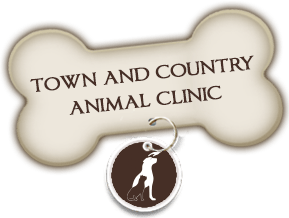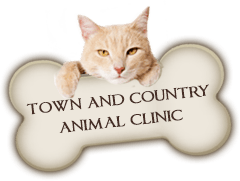In the event of an emergency, Cardiopulmonary Resuscitation may be required to save your pet’s life. If your dog is unconscious and cannot be aroused, is physically unable to move or is not blinking when touching the corner of their eye, or have pale mucus membranes (the color of their gums is white or bluish) this may be a situation where your pet requires CPR. CPR is ideally performed with two people but can be done by only one person if necessary. In an emergency situation if it is possible, have one or two people perform CPR on the animal, while another person is driving to the nearest Veterinary Emergency Clinic. This would provide the most successful outcome for your pet as it would stabilize your animal until professional medical treatment could be performed.
In any emergency situations, it is best for everyone involved if you remain calm and avoid panicking. The “ABC” steps can help you remember how to perform CPR on your pet.
A for Airway
Gently open your dog or cat’s mouth and ensure that there is nothing blocking their airway. Look for any visible objects that could be stuck in their throat. If an object is present and can be safely removed, then remove the object first. If the object is out of reach but appears in the throat you can gently press on their throat in an upward motion in order to try and remove the object. If there is no object present, ensure that your pet’s neck is in a comfortable and natural position before proceeding to the next step.
B for Breathing
Once we have ensured there is a clear airway available for your pet we recommend checking to see if your pet has started breathing. Look at the animal’s chest for any signs of movement or you can place your hand on the animal’s mouth to see if you can feel any signs of breathing. If they are still not breathing on their own, we recommend using the mouth-to-snout breathing technique. Simply hold the animals mouth closed, cup your hand around their nose and try breathing two breaths directly into your pet’s snout. Keep your hand snug around the nose to ensure proper air flow into the animal. Never force air into the pet’s nose, instead breath at a rate and pressure that you normally would when you exhale. On a small dog or cat it may be necessary to perform shorter breaths.
C for Circulation
Once the A and B’s have been established the next step is to check for a heart rate or a pulse. In order to check for a pulse on an animal, simply place your finger on the inside of the thigh, above the knee. If you don’t feel a beat or movement against your finger, the next step is to check your pet’s heartbeat. For a large dog, place your hand over the chest cavity where their bent elbow touches the middle of the chest. For a small dog or cat, simply place your thumb or finger on the chest cavity where their bent elbow meets the chest. If you still cannot feel a heart beat or a pulse it is time to start chest compression.
First lay the animal on their right side, and then locate the middle of the pet’s chest where the bent left elbow touches the rib cage. This location is where the compressions should take place. For small dogs (16 pounds or less) and cats, cup your hand around the chest so that your thumb is on the top of the chest wall. You will use your thumb and fingers surrounding the chest to gently squeeze or compress the chest. For larger dogs, place both hands palms down one on top of the other to perform the compressions. Use the heel of your hand to push down about 1.5 inches on each compression. The speed of compressions and breathing is important for the CPR to work properly. An easy trick to keeping an accurate heart beat is compressing the chest to the tune of the Bee Gee’s “Staying Alive”.
If there are two people available to perform CPR, one person is responsible for the chest compressions while the other is responsible for breathing into the animal. After 10 – 15 chest compressions, two breaths should be performed. If there is only one person available the technique and timing does not change. Repeat the CPR as necessary and periodically check for any signs of breathing or pulse from the animal. Only stop compressions when you feel a pulse or heartbeat. Do not stop the breaths until the animal is breathing on their own. As soon as possible, your pet should be examined by a Veterinarian to determine if any further medical attention is required.
We hope that you are never put in the situation where you need to perform CPR on your pet. In the event that it is necessary we hope that this article will help you remain calm and save your pet’s life.
https://www.townandcountryanimalclinic.ca/
The resource for the information in this blog was provided by Pet Wave at http://www.petwave.com/Dogs/First-Aid-Center/How-to-Perform-Canine-CPR.aspx.






